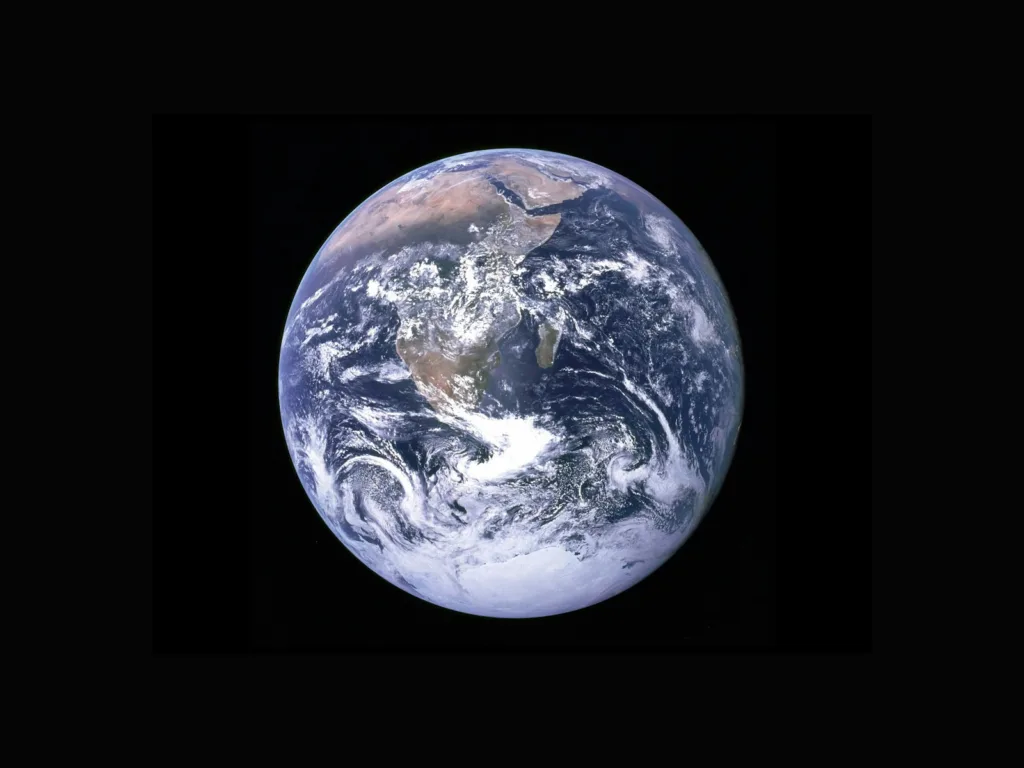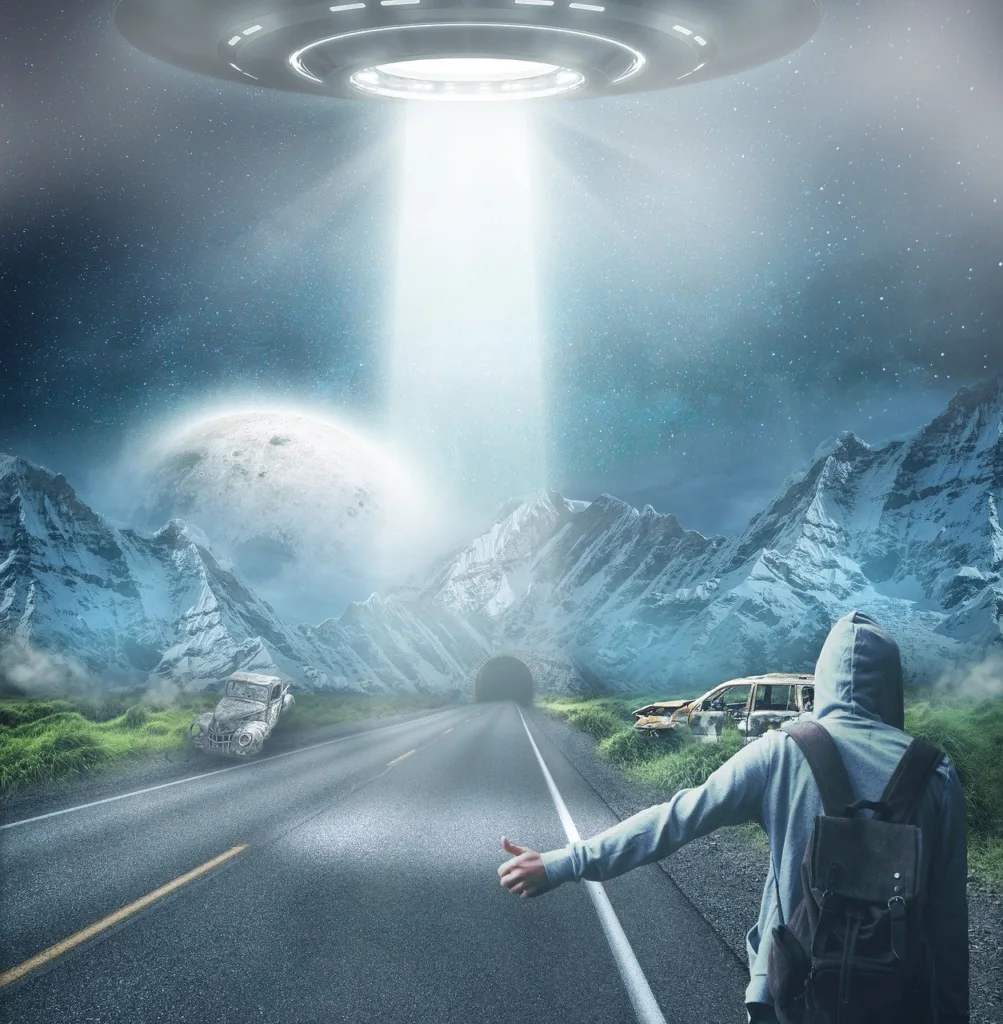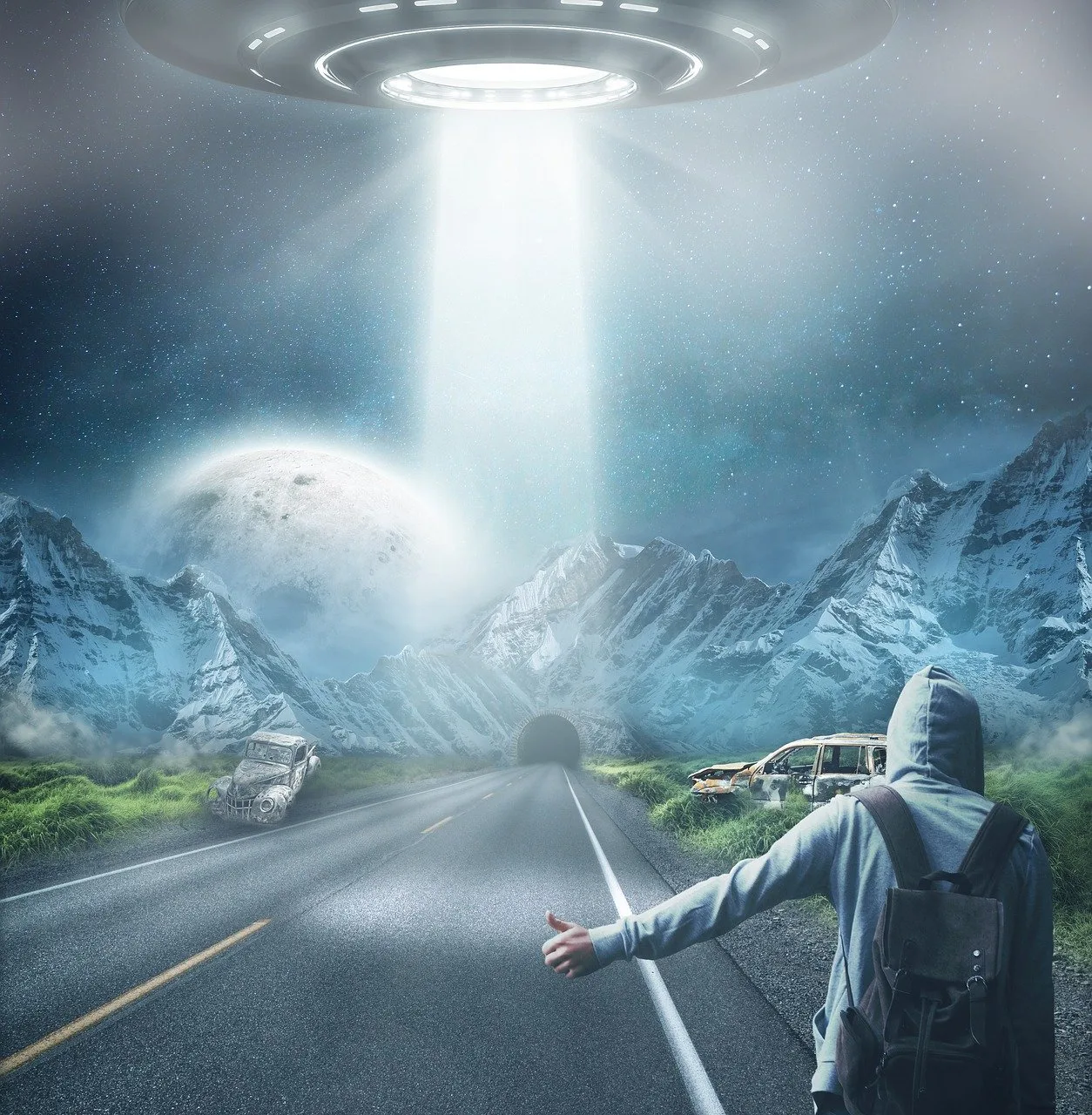Table of Contents
Hitchhiking aliens
Regarding the fundamental constituents of existence, a fascinating hypothesis is circulating.
According to the panspermia hypothesis, the components of life are widely distributed throughout the universe and have the ability to move beyond space. The panspermia concept, which literally translates to “seeds everywhere,” has been the subject of heated discussion for decades.
There were philosophers in tunics putting out complicated ideas long before scientists in lab coats were carrying out intricate research.
The notion that life exists everywhere in the world was first out by the Greek philosopher Anaxagoras in the fifth century BCE. He also coined the term panspermia to refer to the idea of life migrating between planets as seeds. The intellectual facets of the panspermia theory were extensively explored by other Greek thinkers, including Thales and Anaximander.

In the seventeenth century, the French natural historian Benoît de Maillet claimed that the universe was made up of “seeds.” He maintained that everything in the universe might be given life by these propagative components.
Svante Arrhenius, a Swedish scientist who experimented with physics and chemistry in the nineteenth century, proposed that radiation pressure from the sun may carry minuscule spores across space.
A different approach was proposed more recently by two astronomers, who shifted the focus from the appearance of life to its activities. The astronomers’ theory is essentially panspermia with a twist.
They propose that life may have started on a single planet and spread to others via meteorite-facilitated space travel. Put otherwise, meteorites serve as a kind of Uber for extraterrestrial life.
Through the use of a sophisticated statistical test, the scientists were able to pinpoint a class of nearby planets that share features with Earth. According to the pair, their framework “shows that as life propagates across the galaxy, correlations emerge between planetary characteristics and location, and can function as a population-scale agnostic biosignature.”
Because it does not depend on any particular presumptions regarding the makeup of planets or the nature of life, this biosignature maintains its objectivity, or “agnostic,” as the authors put it. It focuses on a certain theory of what life might achieve rather than exploring what life might consist of.
“By clustering planets based on their observed characteristics, and examining the spatial extent of these clusters,” the two researchers attempted to “demonstrate (and evaluate) a way to prioritize specific planets for further observation–based on their potential for containing life. “

Their goal was to identify putative biosignatures that might function as markers of life on far-off planets by means of variable analysis. The research offers an interesting perspective on the possibility of extraterrestrial life, even if their results have not yet been subjected to peer review.
Hitchhiking aliens
The panspermia theory has been adopted and persuasive arguments have been made in scholarly papers before. According to a 2018 journal article, life may not have started on Earth but rather was transported here by comets and meteorites from a cosmic biosphere that is spread throughout multiple galaxies.
The work was a contemporary retelling of the panspermia theory, written by thirty-three people led by immunologist Edward Steele of the CY O’Connor ERADE Village Foundation, a research and education center located in Piara Waters, Western Australia.

The Harvard-Smithsonian Center researchers released a report that year with the fitting title “Galactic Panspermia.” The hypothesis that celestial objects such as asteroids or meteoroids can transport life or the elements required for life across solar systems and galaxies is supported by evidence discovered by the researchers.
Idan Ginsburg, a visiting scientist at the Institute for Theory and Computation at the time, oversaw the research, and Manasvi Lingam, a postdoctoral fellow at ITC, and the mysterious Abraham “Avi” Loeb, the chair of the astronomy department, also contributed to the work.
The researchers expanded the definition of panspermia to encompass interstellar travel, based on the probability of two factors: the rate at which solar systems pick up life-bearing objects and the ability of life to withstand the harsh conditions of space for extended periods of time.
As more and more reputable thinkers begin to consider the hypothesis seriously, we should anticipate seeing an increasing number of publications exploring the concept of hitchhiking aliens—basically, riding along on space trash.
Hitchhiking aliens are already traveling between planets, new research suggests (msn.com)
Hitchhiking aliens Hitchhiking aliens Hitchhiking aliens Hitchhiking aliens
read also : Planet Parade: Plan now to see 6 planets in the sky on June 3


3 thoughts on “According to recent studies, extraterrestrial Hitchhiking aliens are already traveling between planets.”